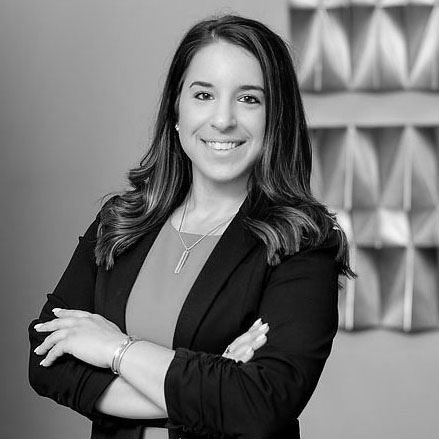Architect: Increasing Diversity in Architecture: Designer-Led Solutions

Bernardon architect Christina Marconi,AIA LEED AP BD+C is featured in the recent Architect article highlighting diversity in architecture. The below content has been abridged for length. To read the full piece, visit the link at the bottom of the page.
Architecture remains very much a white profession, but time after time, research has shown us that a diverse workforce increases creativity, productivity, debate, and problem-solving among companies. This story is presented across three articles: Part 1 explores the barriers that people of color face in entering the design profession; Part 2, below, describes organizations that are clearing some of these barriers; and Part 3 looks at firm initiatives to create a more equitable work environment.
Demographic shifts in the coming decades will demand change in the architecture profession if it is to stay relevant. Nonwhite and Hispanic populations are expected to become the majority by 2045. As mentioned in Part 1 of this series on diversifying the design profession, minorities have long been underrepresented in architecture and are more likely to be subject to barriers related to socio-economic, cultural, and historical factors than their white peers. However, many organizations are supporting current and aspiring architects of color in the hopes of turning the tide.
ACE Mentor Program of America
Many firms partner with local affiliates of the ACE Mentor Program of America, which introduces high school students nationwide—and often in underserved areas—to AEC professions. Each affiliate typically offers two-hour sessions biweekly, throughout the school year during which practitioner-volunteers guide student teams through mock projects. Students also attend industry talks and visit construction sites. At the end of the program, they present their own work and can apply for scholarships if they intend to pursue a related degree or vocational program.
 Even if ACE participants decide not to pursue a related field, they will have benefited from the experience, says Christina Marconi, AIA, a project director based in the West Chester, Pa., office of Bernardon and a former ACE mentor and team leader: “ACE can still offer a skill set they can find useful in their future: thinking critically, responding creatively and speaking confidently about your ideas and abilities. Those skills will translate to any career.”
Even if ACE participants decide not to pursue a related field, they will have benefited from the experience, says Christina Marconi, AIA, a project director based in the West Chester, Pa., office of Bernardon and a former ACE mentor and team leader: “ACE can still offer a skill set they can find useful in their future: thinking critically, responding creatively and speaking confidently about your ideas and abilities. Those skills will translate to any career.”
Written by Alice Liao; Originally published in Architect.
< Return to Noteworthy